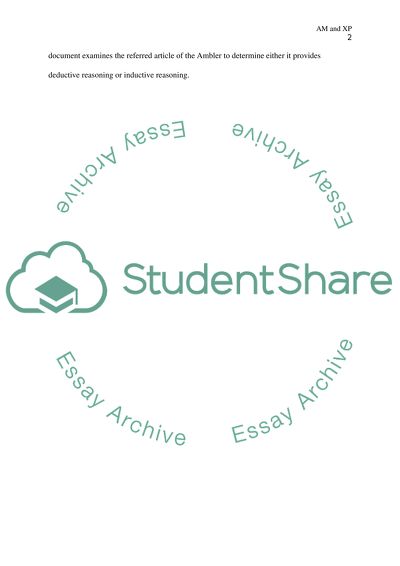Cite this document
(“Thinking Critically: Analyzing an Argument Essay - 1”, n.d.)
Thinking Critically: Analyzing an Argument Essay - 1. Retrieved from https://studentshare.org/information-technology/1603495-thinking-critically-analyzing-an-argument
Thinking Critically: Analyzing an Argument Essay - 1. Retrieved from https://studentshare.org/information-technology/1603495-thinking-critically-analyzing-an-argument
(Thinking Critically: Analyzing an Argument Essay - 1)
Thinking Critically: Analyzing an Argument Essay - 1. https://studentshare.org/information-technology/1603495-thinking-critically-analyzing-an-argument.
Thinking Critically: Analyzing an Argument Essay - 1. https://studentshare.org/information-technology/1603495-thinking-critically-analyzing-an-argument.
“Thinking Critically: Analyzing an Argument Essay - 1”, n.d. https://studentshare.org/information-technology/1603495-thinking-critically-analyzing-an-argument.


